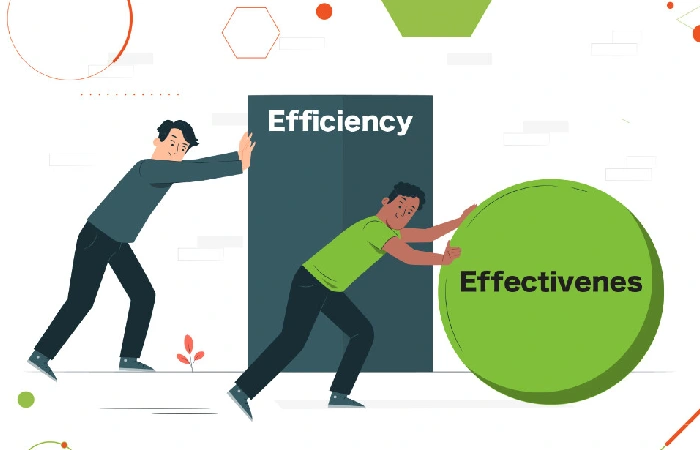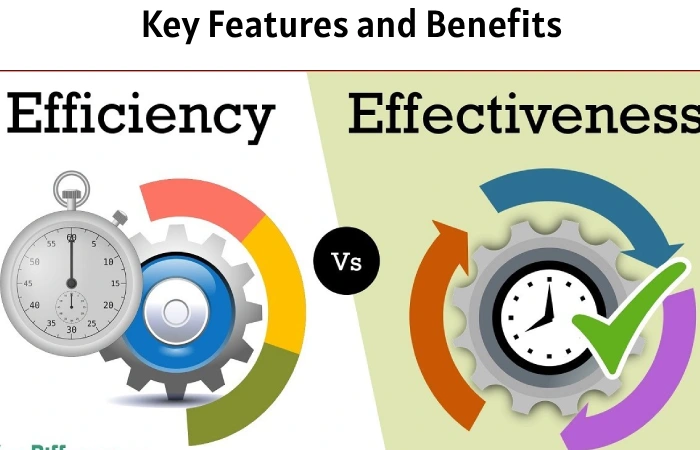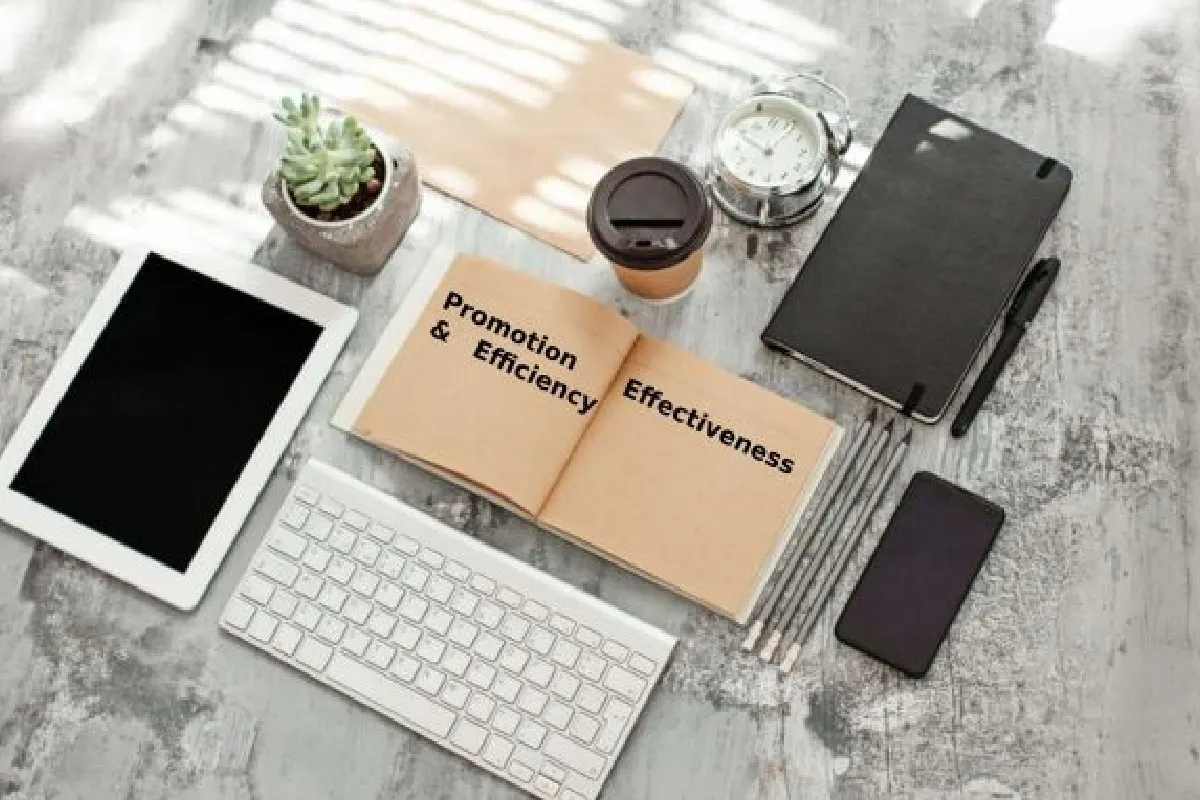Consumer goods companies strive to enhance promotion effectiveness and efficiency to extract added profit from promotional investments. Promotional activities not only change customer behaviour, but they also impact a company’s profits, negatively or positively.
With the help of machine learning, promotional effectiveness is measured against the volume sold without promotion to reflect the percentage increase in sales following promotions.
What is Promotion Effectiveness Analytics and How to Measure It?

From a sales perspective, the campaign allows new products to find and reach potential buyers, increases awareness in the market, and creates a loyal customer base for businesses. Measuring trade promotion effectiveness is crucial from a business standpoint.
A company would like to know the effectiveness of its promotional activities. Hence, promotion effectiveness is measured against past sales volumes to show how much extra volume is sold following marketing and promotional tactics.
As mentioned earlier, a point-of-reference or baseline is decided for comparing the deal’s impact.
For example, a certain company typically sells 1,500 cases of an item every week. However, in the promotion week, it managed to sell 2,000 cases. If the sales volume goes back to 1,500 cases in the weeks after the promotion, the overall incremental volume is 500 cases.
Total promotional volume – baseline volume = incremental volume
2,000 total cases – 1,500 case baseline = 500 incremental cases
Hence, the difference in sales volume reflects promotional effectiveness. However, in real business cases, measuring trade promotion effectiveness is not so simple. More often than not, companies face immense challenges arising from: –
- Deciding the baseline figure
- Figuring out the calculation of the baseline figure
- Identifying the seasonal variations in calculating baseline
- Monitoring the sales volume before, during, and after promotion
- Understanding the definition of incremental, which is different for different sectors and ventures.
What is Promotion Efficiency and How to Measure It?
On the one hand, promotion effectiveness measures how effectively the business’s promotional activities enhance its overall sales. On the other hand, promotion efficiency tallies marketing effectiveness from a financial standpoint. In short, how much profit is generated against the total amount invested into promoting the company’s products?
Both sales volume and profit are equally important to show whether or not the company’s marketing strategies are working as per the plan.
Promotion efficiency extracts the impact of marketing effectiveness by comparing the profit generated before and after the promotion.
For example, a certain company normally sells 1,500 cases of an item every week. The baseline price is $10.00, and the profit margin is 30%. The variable profit on 1,000 baseline cases is $3,000, I.e., 1,000 cases at $10 per case price, with a 30% variable margin. The company sold 2,000 cases and made $6,000 before trade promotion allowances and fees. I.e., 2,000 cases at $10 per case price, with a 30% variable margin. The promotion cost the company $4,000. The calculation for this will be 2,000 cases times at $1.5/case plus a $1,000 ad fee. The owner earned $2,000 on the promotion, i.e., $6,000 variable profit minus $4,000 promotional costs.
The formula is: Total profit from the deal – profit made on baseline volume = Incremental profit
$2,000 profit made with the deal – $3,000 profit made without the deal = $1,000 Incremental profit.
Just like measuring promotion effectiveness, promotion efficiency measurement confronts challenges, such as: –
- Lack of insights regarding extra volume sold during the following promotion
- Absence of data connected to actual trade spending by promotion
Data and analytics pertaining to the factors mentioned above are crucial, in the absence of which businesses can never truly measure the overall impact of their marketing activities.
Promotion Effectiveness: Key Features and Benefits

Machine Learning promotion Effectiveness leverages advanced techniques to understand the overall performance of the campaigns and enhance their promotional effectiveness. There are a few key features that help ML to carry out its roles: –
Enhanced Data Management
With the help of a software solution, data and insights are captured, cleansed, enriched, and harmonized across the supply chain network, based on which the promotional campaigns are designed. Again, data is sourced from the same channel to understand the overall impact of the campaigns accordingly.
Causal Modeling
This ML-based modeling captures insights into overall promotion performance and identifies factors influencing promotion effectiveness.
Simulation and Prediction Modeling
The ‘what-if’ scenario modeling automatically suggests the most optimal promotions that can run under user-defined constraints.
Promotion Effectiveness offers visibility into various factors influencing promotion effectiveness and efficiency. Such insights help recommend optimized promotion parameters. A few benefits include: –
- Extracting insights into promotion performance drivers
- Generating reports on promotion ROI
- Suggesting areas of optimization in promotional campaigns
Promotion Effectiveness Vs. Promotion Efficiency: Which is Important?
It is pretty hard to justify which weighs more than the other. Both promotional effectiveness and efficiency metrics are equally important to paint a clear picture of your promotional campaigns’ effectiveness.
As mentioned earlier, measuring their effectiveness, in terms of total volume sold and total profit generated, is vital to fetch actionable insights into: –
- Which factors drive good results
- How your promotion is affecting the sales of other non-targeted goods
- Which customer segments are responding better
- Which products are attracting more attention
- What are the actual incremental sales and margin uplifts from discounted mechanisms in the campaigns?
Hence, a combination of both can provide suitable datasets based on which businesses can replan their future campaigns.


